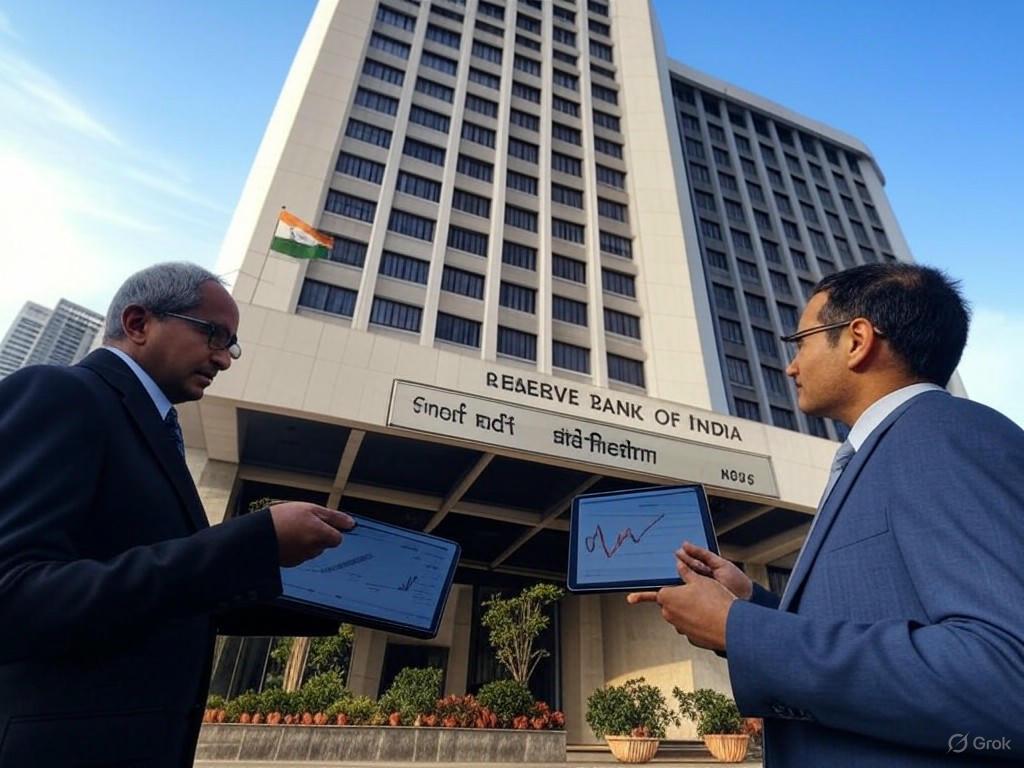In May 2025, India's retail inflation dropped to a noteworthy 2.82%, marking the lowest it has been in over six years[1]. This significant decrease shines a light on the effectiveness of current monetary strategies and prompts further action from policymakers. The reduction in inflation primarily stems from a marked downturn in food prices, which constitutes a substantial part of India's Consumer Price Index (CPI). The Reserve Bank of India (RBI) takes center stage in response to this data, revising its fiscal year 2026 CPI inflation forecast downwards to 3.70%. This adjustment hints at potential shifts in monetary policy decisions, reflecting the nuanced relationship between inflation rates and economic policy-making.
The mechanics behind this inflation dip reveal intriguing factors. A substantial decline in food inflation is central to the story, with key items like vegetables and cereals contributing significantly to the easing numbers. The arrival of a favorable monsoon season partially credits this decline, as it impacts agricultural stability and price levels. This environmental boon provides a buffer against potential price spikes, further alleviating consumer stress [2].
Despite this positive indicator, the RBI adopts a prudent stance. The central bank remains vigilant about external economic conditions, including global market fluctuations that could destabilize local economies. In their recent analysis, RBI officials underscore the necessity of adapting policy frameworks to extrinsic pressures. Thus, even as local inflation trends offer breathing room, the specter of global uncertainty prompts careful introspection within policy circles.
Future economic strategies will likely pivot around these unique inflationary dynamics. Economists and policy-makers may project a sustained low inflation phase, extending into the third fiscal quarter of 2026. However, they remain cognizant of systemic risks that might elevate inflation, such as fluctuating global energy prices or unforeseen agricultural challenges. As a result, aligning fiscal strategies with real-time economic landscapes becomes crucial in maintaining the delicate balance between growth and stability.
The wider impact of these inflation shifts extends beyond immediate monetary policy decisions. By easing consumer price pressures, there's potential for increased consumer spending, spurring economic growth. Lower inflation might also stabilize interest rates, providing a favorable environment for businesses to invest and expand. Overall, the intricate interplay between inflation and monetary policy emerges as a defining theme in India's economic narrative, particularly as 2025 shapes into a pivotal year for economic maneuvers.
References:
1. Retail inflation eases to over six-year low of 2.82% in May
2. India's Retail Inflation Hits Over Six-Year Low at 2.8%, Food Prices Drive Dramatic Fall
